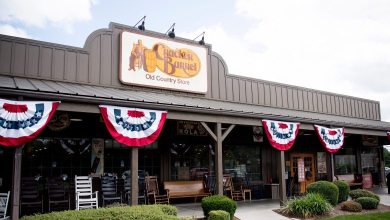If You Spot a Painted Purple Fence, This Is What It Means


The idea might seem unusual, but it’s actually recognized by law in several U.S. states. Rather than posting countless “Keep Out” signs that can fade, fall, or disappear, landowners use purple paint as a clear and lasting warning. In many rural or wooded areas, this serves as a legal replacement for traditional signs — especially where hunters, hikers, or passersby might accidentally cross onto private property.
However, there’s a specific way to do it correctly. Purple paint markings must follow certain legal standards to be valid. They need to be applied in vertical stripes — not smudges or horizontal lines — measuring at least one inch wide and eight inches long so they’re easy to spot. The marks should be placed three to five feet above the ground — high enough to remain visible but not hidden by tall grass or brush.
Placement is also key. Landowners are typically required to space these marks about every hundred feet along property lines, ensuring that anyone approaching the boundary can clearly see the warning.
That said, not every state enforces or recognizes this rule. Some have official “Purple Paint Laws,” while others don’t. States such as Texas, Illinois, North Carolina, and Missouri accept purple paint as a lawful substitute for “No Trespassing” signs. In other places, though, a purple fence post might just appear quirky unless the local laws explicitly permit it. Always check state or county regulations before painting.
Why purple? The reason is simple — visibility. The color stands out sharply against natural surroundings and isn’t commonly used for fences or trees, making it highly noticeable. It’s also more weather-resistant than signs, which can fade or blow away. A painted stripe offers the same legal protection with less effort and maintenance.
If you’re hiking, exploring rural areas, or driving through farmland, stay alert. Purple paint on trees or posts isn’t for decoration — it marks private property. Ignoring it could result in trespassing charges.
So, the next time you spot a bold streak of violet or plum on a fence or tree, remember — it’s not random. It’s a clear message from the landowner: this is private land, and you’ve reached the boundary.



